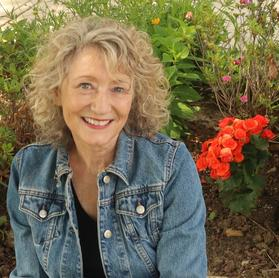What a great month of nonfiction learning! Do you feel
pumped up? Are you ready to write your award-winning book?
Or are you feeling a little lost? Wondering what you should
do next?
That’s how I feel after every great learning experience,
whether it’s NF Fest, a retreat, or a conference. Now that I’m back at my
computer, without the inspiration and encouragement of fellow authors - exactly
what am I supposed to do?
Because the “After-Event-Slump” is REAL – (and probably
diagnosable by your local critique group…) I’ve come up with a few brain and
writing boosters. Try these tricks to get moving on that fantastic new
nonfiction project!
1. Get
an accountability partner.
Find a fellow
writer who is willing to check in with you at least once a week and make sure
you are on track. It’s amazing how productive you get when you must give an
accounting to another person. It doesn’t have to be an elaborate meeting or
reporting system. Just take ten minutes a week to exchange writing goals and
accomplishments with a fellow writer. Accountability builds success.
2. BIC
– Butt in Chair.
Okay – here’s the
cold hard truth. Sometimes you need to glue that hinny in the chair and WRITE. It’s
a job. Block out your time. Cancel extraneous appointments and start writing
that story. If you don’t spend time with your fingers tapping on those computer
keys, you won’t have a manuscript to critique or sell. Write the horrible,
awful, disgusting first draft and then set it aside. Once you have SOMETHING to
work with you can move forward. Revisions are what makes the story shine. But
first you must WRITE!!
3. Dig
out old projects.
Use what you’ve
learned from NF Fest to revitalize old manuscripts. You’ll be amazed what new
ideas pop into your head for how to write that story with a new format. Can you
add humor? Turn it into a layered text? Examine the story from a different
perspective? Take what you’ve learned and apply it to those old stories, and
you may be astonished at the shiny new manuscript you create.
4. Plug
into a writing community.
Part of the joy of
NF Fest is learning that there are other writers out there working and
struggling just like me. Carry that spirit into your everyday writing life and
participate in writing communities. If
you don’t have a critique group – form one! Put out a call on NF FEST FB page to see who
would like to form a critique group. Check out your local SCBWI region, and organizations like
Storyteller Academy, Manuscript Wishlist, Highlights Foundation, Institute of
Writers, Storystorm, and 12x12 challenge.
5. Plan
your next learning event!
Writers need to be learners. While it is a whole very l-o-n-g year until the next NF Fest – there are many other learning opportunities out there. Find a retreat, class, or event that will move you forward in your career and enroll!
Most important of
all – keep telling those true stories. The world needs your voice and
perspective.
And keep in touch –
let us know how the journey is going! The Nonfiction Ninjas care and we’re here
to help.
Happy Writing!
About the Author:
Stephanie is the award-winning author of 35 books for children. Her newest book, Mary Anning and Paleontology for Kids, will be released by Chicago Review Press in May. You can learn more about Stephanie and the world of writing on the Way-Word Writers Podcast. Waywordwriters.com or follow her X - @Stephanie Bearce, Insta and FB - @stephaniemowrybearce.














.jpg)
















